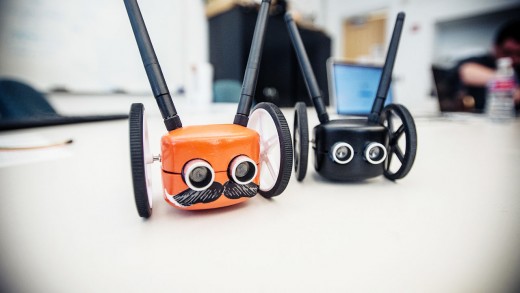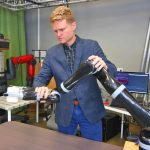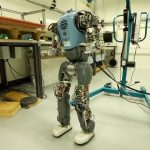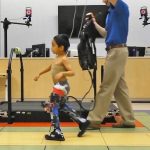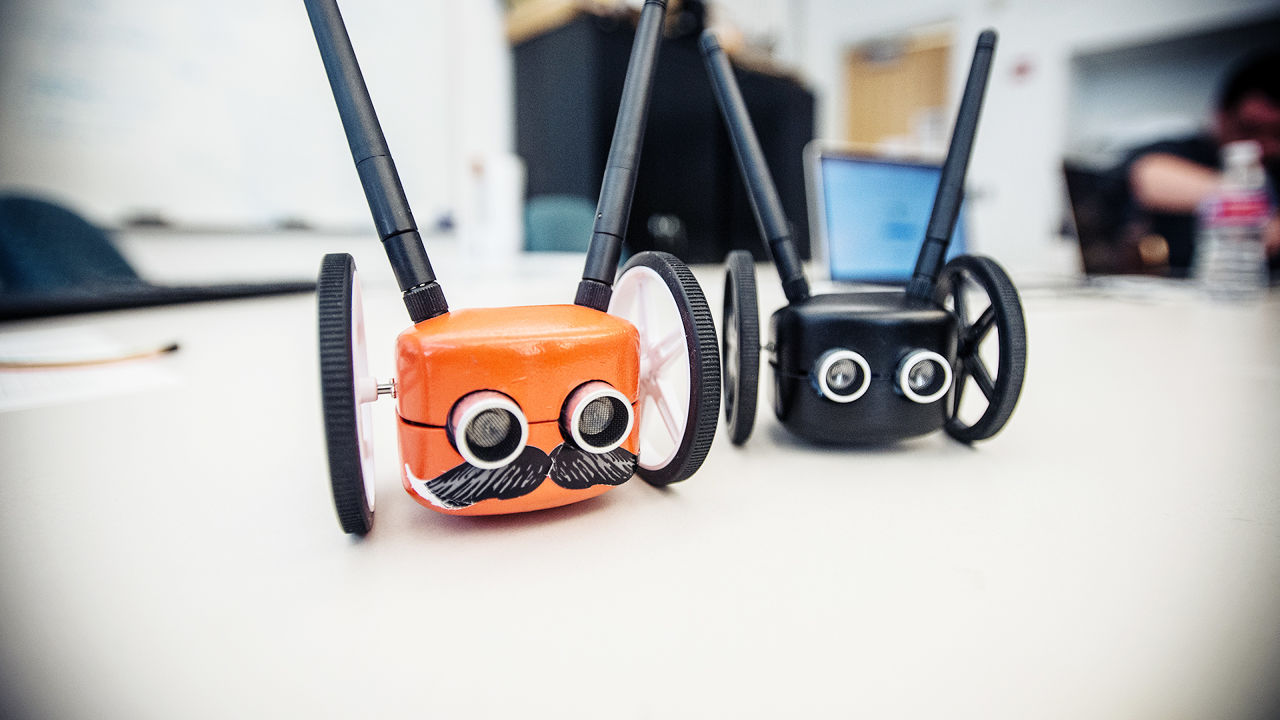Can These Tiny Robots teach Fourth Graders learn how to Code?
LocoRobo is an early-stage startup the use of robotic toys to show kids the fundamentals of programming.
July thirteen, 2015
i am in a laboratory at Drexel college staring at a faraway-managed robotic do a spastic breakdance across the floor. The fist-sized, brightly coloured bot seems simple sufficient: It has two wheels, two antennae, and what seems to be a friendly face. however it has a mission so much larger and more bold than its tiny kind factor: This factor desires to teach kids turn out to be programmers.
This freewheeling toy android comes from a young startup referred to as LocoRobo. Its moves are set the usage of a mobile app that enables the user to program easy moves: go ahead, accelerate, spin round, stop. And while a variety of youngsters would be content to play with a smartphone-controlled toy robotic, LocoRobo needs to let them dig a lot deeper into the code and sensors that make it work.
“the facility of LocoRobo is that it is a robotic that grows with the newborn,” says Pramod Abichandani, the Drexel professor and roboticist who based LocoRobo together with four engineering college students on the university. “there’s no barrier to entry: it can be like the use of a easy RC car-like interface. however the barrier to exit is in reality high. that you may keep on learning and studying unless the robotic breaks down.”
it works like this: After you faucet a few commands into LocoRobo’s app, two issues occur. One, the robot does what you advised it to do, because of a low-energy Bluetooth connection between the telephone and the robot. second, these instructions are synced by means of the cloud and saved inside a web interface. From here, that you can revisit previous movements and, extra importantly, get a fingers-on peek at the code that makes the bot transfer. As easily as you will click on “view supply” on a website to peer the HTML under the hood, LocoRobo’s internet interface lets you peel back the curtain and notice the code in the back of each of the actions and behaviors you will have asked the robot to do, successfully open-sourcing the toy’s habits. From there, that you may tinker with the code itself, unlocking new movements and performance not in the past possible.
“if you sync it on the internet, these things come to lifestyles in a completely totally different approach,” says Abichandani. “You start seeing one-to-one mapping between the graphical blocks and the lines of code.”
LocoRobo has developed APIs in Python, C, MatLab, and the Node.js flavor of JavaScript, allowing college students to dig into no matter coding language fits them absolute best. they can also analyze more in regards to the sensors on board the robot—accelerometer, gyroscope, and ultrasonic sensors that help the bot to find its means around a room and its boundaries. by means of shedding extra light on how these common sensors work, Abichandani hopes to decrease the barrier to constructing hardware in addition to tool and, with sufficient adoption, serving to to additional democratize each.

it is a daring mission, however Abichandani says he’s seen keen passion from college students and teachers within the local Philadelphia schools the place LocoRobo has been quietly offered thus far—on multiple celebration, their purposeful prototypes have come back in items due to the keenness of one of the younger students.
in addition to the robots and accompanying cellular app, LocoRobo will offer get entry to to coding and hardware tutorials, in addition to an non-compulsory monthly subscription provider with a purpose to provide users get entry to to new sensors, code challenges, and supplementary props designed to make LocoRobo more attractive and fascinating to young future coders.
“it is very troublesome to merge enjoyable and studying in a technique that is enticing,” says Abichandani. “What we found was once giving pieces of hardware creates a tradition where the kids can work on their own.” Their product is designed to maintain folks engaged as neatly, confidently encouraging a more arms-on position in youngsters’ learning.
At launch, LocoRobo might be targeted at children roughly between the ages of 8 and 12, although older children (and adults, for that matter) who’re coding novices could for sure use this as a way to get began. And for youthful children, LocoRobo continues to be a fun toy that, the workforce hopes, can then develop right into a teaching assist because the youngster gets older.
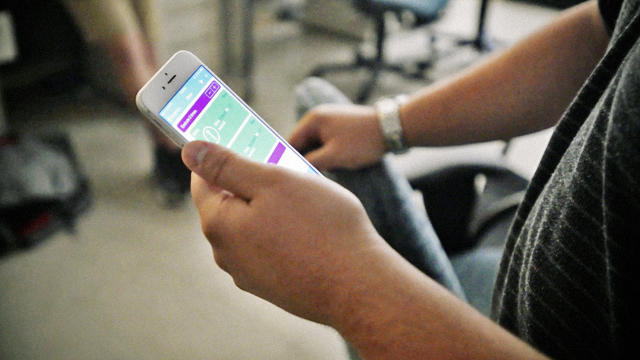
After an unsuccessful IndieGogo marketing campaign earlier this 12 months, LocoRobo graduated from the DreamIt Ventures startup incubator with a a lot sharper feel of methods to commercialize a product like this—not to point out a steady of latest mentors from a hit native startups. Having at the beginning launched as a nonprofit, the corporate shifted gears, primarily based in part on the advice of mentors like DuckDuckGo founder Gabriel Weinberg and SnipSnap founder Ted Mann, amongst others. In June, the now for-revenue startup landed a $100,000 prize from Founder.org, the nonprofit investment firm run through serial entrepreneur and venture capitalist Michael Baum.
Freshly infused with industry know-how and some money, LocoRobo is presently dating investors for seed funding within the hopes of assuaging the steep costs of producing a fleet of tiny robots. on the very least, says Abichandani, they will produce a small run of robots to ship within the fall and early wintry weather.
now not that LocoRobo has any intention of forestalling at tiny, faraway-managed robots.
“We’re now not going to prevent at one product,” he says. “now we have a bunch of other concepts as well.”
quick company , read Full Story
(60)

